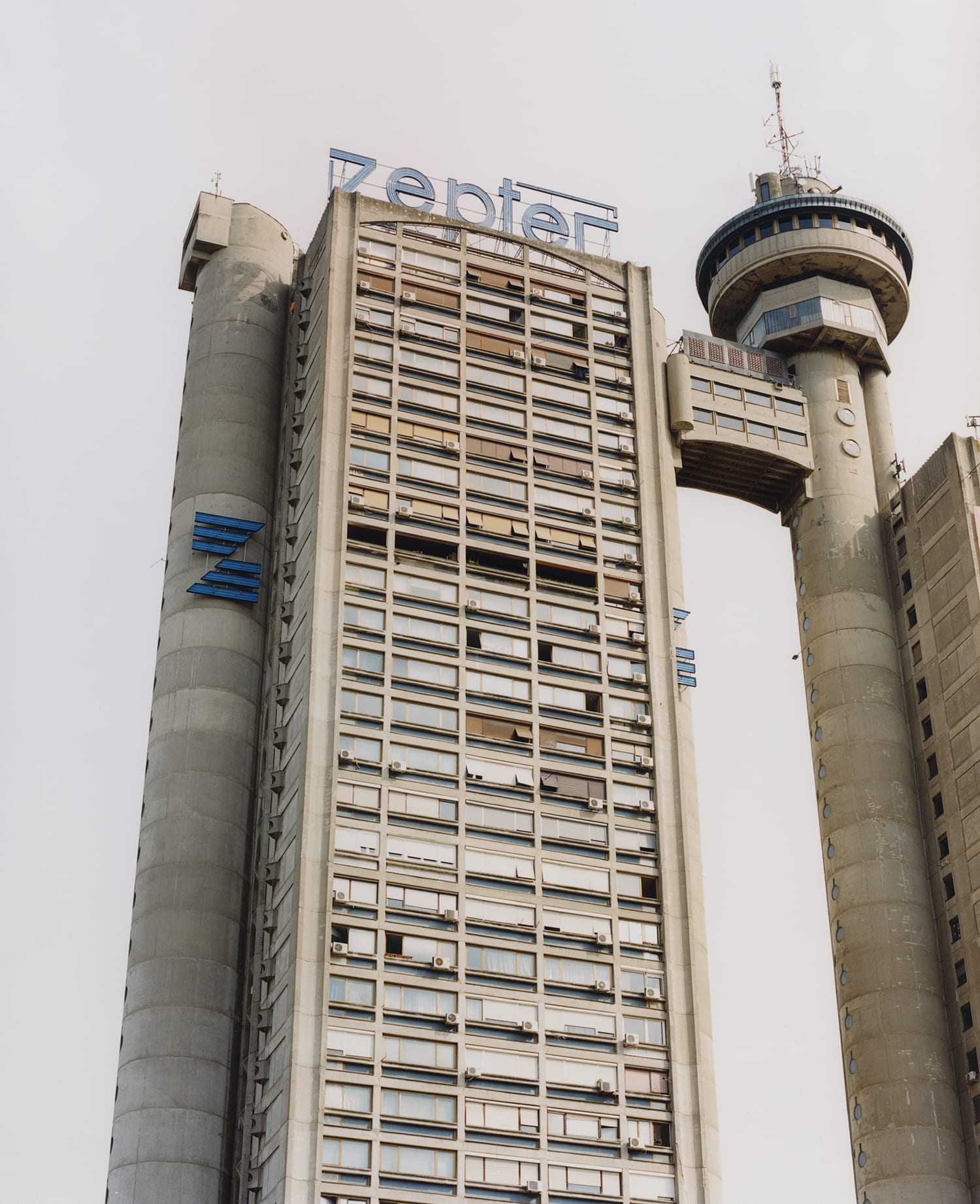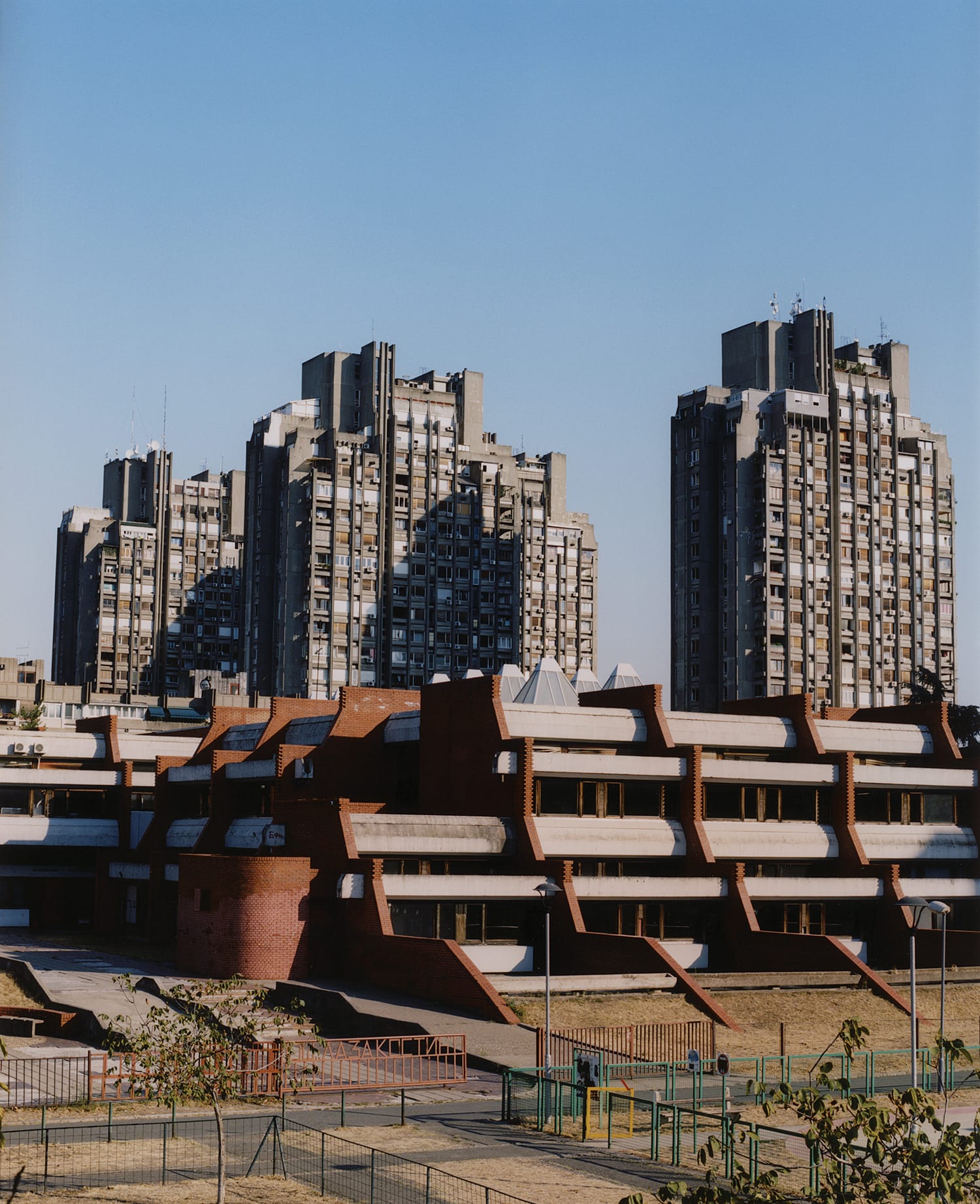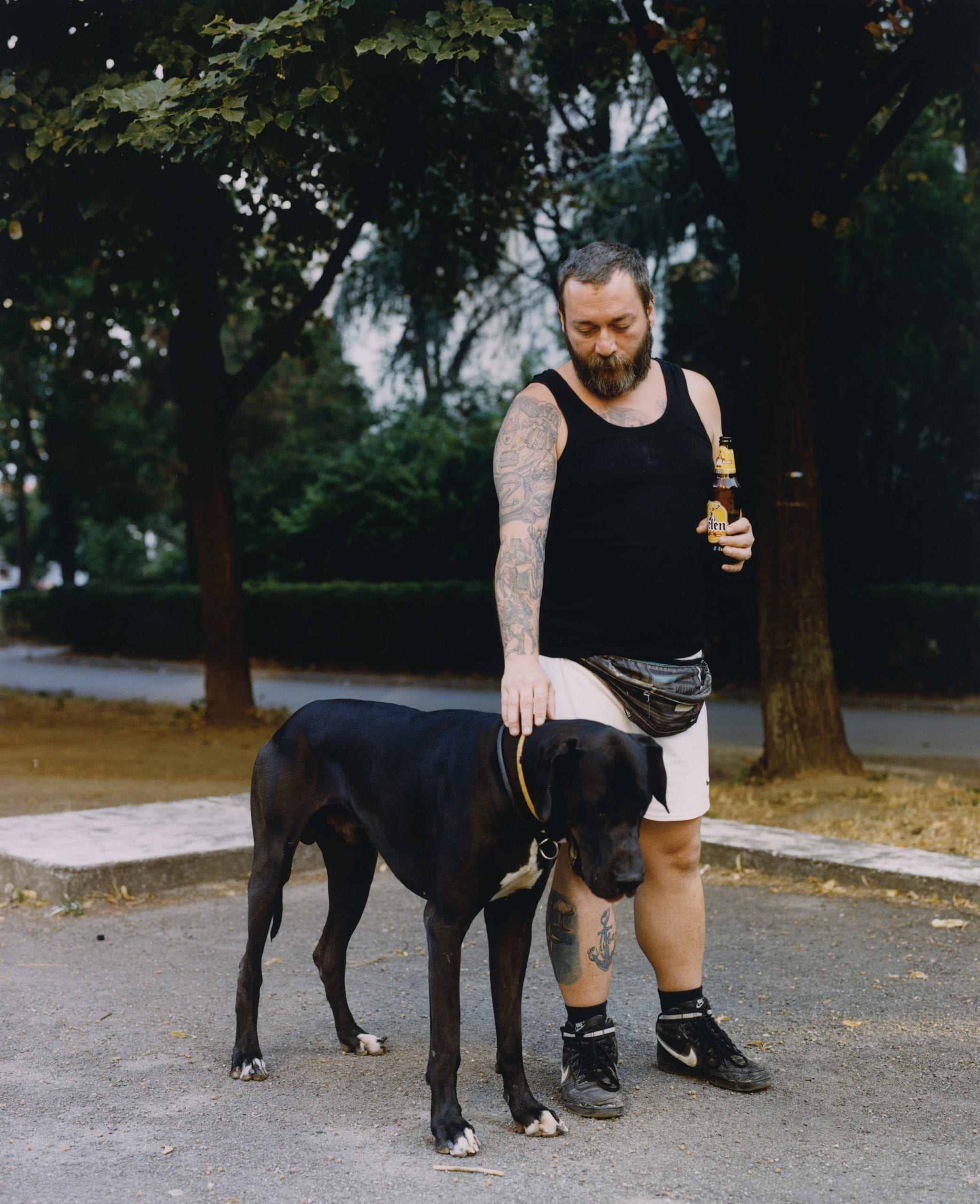Belgrade was once two cities.
But after the Second World War, the marshy ground between the Danube and its tributary, the Sava was sanitised and the bridging area of Novi Beograd (New Belgrade) grew. Thus, its neighbour, Zemun, was co-opted into the new giant, and the city that we now know as Belgrade took shape.
As such, the city became the physical and philosophical manifestation of the new Yugoslavian republic: A landmass with questionable topographical ties, brought together by a compelling political agenda. A big gesture was required – not just to house the thousands of displaced citizens – but to give them a future, a future that they owned.
Nearly 70 years later, Yugoslavia is history. It’s a memory of a failed state subject to hot headed hagiographies, triumphalist Western obloquies, or – perhaps most fairly – a subject of confusion, remembered by survivors of increasingly forgotten wars. People of my generation know Yugoslavia as a symbol of the postwar Soviet land grab; an oppressive social experiment that deserved to go down in flames.

Which is why Lola Paprocka’s Blockovi feels fresh: It shows a New Belgrade that has acquired a vintage: a heritage, even.
Brutalism was an insurgent architectural movement that became a shorthand for stylistic oppression. Hated by the classicists of the age for its aesthetic bluntness, it came to characterise the industrial housing of the proletariat: battery farms for workers that turned into neglected hovels, ripe for demolition.
In Paprocka’s hands, this is not the case. Far from chiding this aesthetic, Blockovi feels like an enthusiastic absolution of a movement that dominated urban projects from the 50s to mid-70s.

Says Paprocka; ‘I have a personal obsession with brutalist architecture and Belgrade is one of the most amazing places I’ve ever been to! The blocks are incredibly diverse in their population and demographic. You see people from all walks of life interacting and sharing [this] intimate space. I met a number of artists and creative people residing within the blocks; painters, photographers, musicians, sculptors etc. Many new businesses are opening and moving to New Belgrade due to larger available space.’
Indeed, there is something of a Balkan Berlin here. The community presented in Paprocka’s intimate shots define a kind of blue collar boho: One part banlieue, one part Bedales, and within the ethnic homogeny, there is real vitality here.
But surely there a limit to how much a society can develop when it’s built in such stringent aesthetic prerogatives? Especially when those socio-political prerogatives are now discarded?

Paprocka: ‘In the 90’s some of the blocks became ghettos but its all changed a lot in the past 15/20 years. I’m not from Belgrade and I don’t think I’m the right person to judge if it succeeded. After spending a few weeks within the blocks my experiences are very positive but it’s super subjective. I think it would be best to use a quote from Ljuba Slavkovic, who wrote a piece for my book:’
“Those who intimately understand New Belgrade may be the future of the city whose time is to develop internally and as such reflect life, and not a dictatorship from above. New Belgrade was born planned, risen up with the paradigm changes, and has grown with the greyness of war and transition [sic]. Now that it has it’s own generations with a sense of belonging and identity, maybe now is the time for it to feel good in it’s own skin”
Blokovi – Novi Beograd by Lola Paprocka is published by Palm Studios and is out from Thursday 19th May. Visit www.palmstudios.co.uk for more details.
